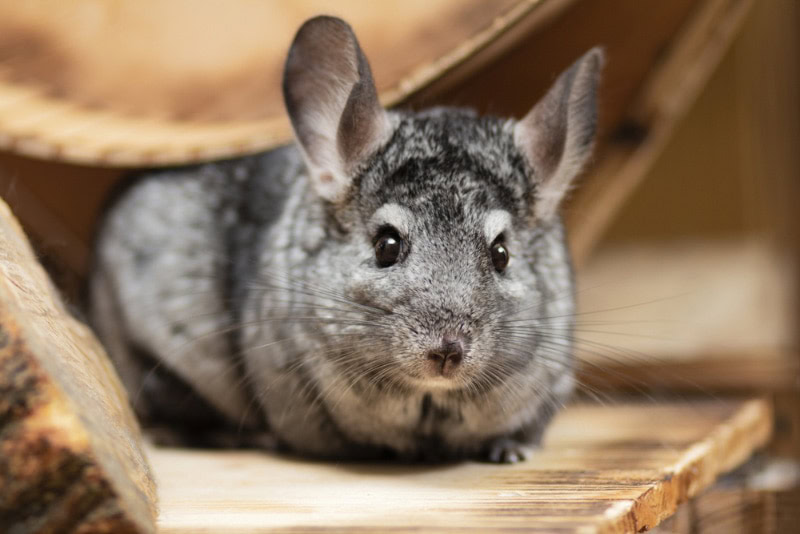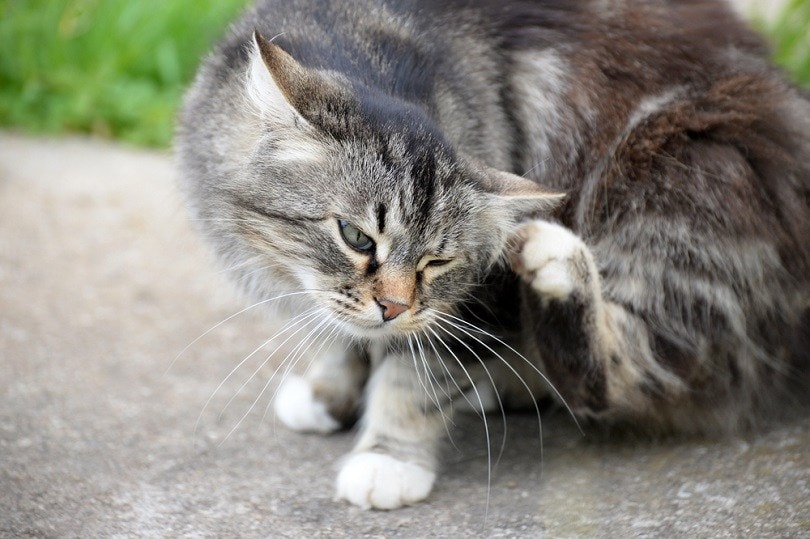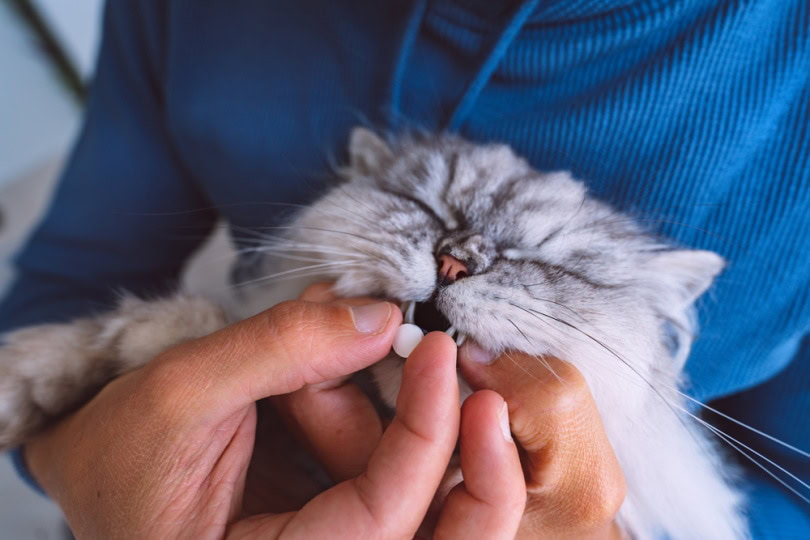VET APPROVED

The information is current and up-to-date in accordance with the latest veterinarian research.
Learn more »Click to Skip Ahead
Before adopting a pet, you must carefully consider their lifespan. For example, if you adopt a chinchilla, you need to ensure that you can properly care for them for the totality of their lifespan, which is 10 to 15 years on average, but with proper care, some can live up to 17 years.
Chinchillas have varying lifespans that depend on several factors. Though you will never be able to tell precisely how long a particular chinchilla will live, you can bet that a well-cared-for animal will live longer than one that is not taken care of properly.
Below, we’ll discuss the average lifespan of a chinchilla and the factors that contribute to their longevity.

What’s the Average Lifespan of a Chinchilla?
Chinchillas can typically live as long as 10 to 15 years in captivity. The confirmed record for a captive individual is just over 17 years 1. Anecdotal evidence suggests they may exceed the 20-year mark, with one unconfirmed report of a male reaching 22 years of age.
Chinchillas are somewhat fragile animals, and it can be difficult to keep them alive that long unless you are well-educated and provide them with everything they need. They are not suitable pets for first-time pet owners because they don’t tend to be forgiving of mistakes.
Therefore, we only recommend adopting a chinchilla if you are confident that you can take care of them properly.
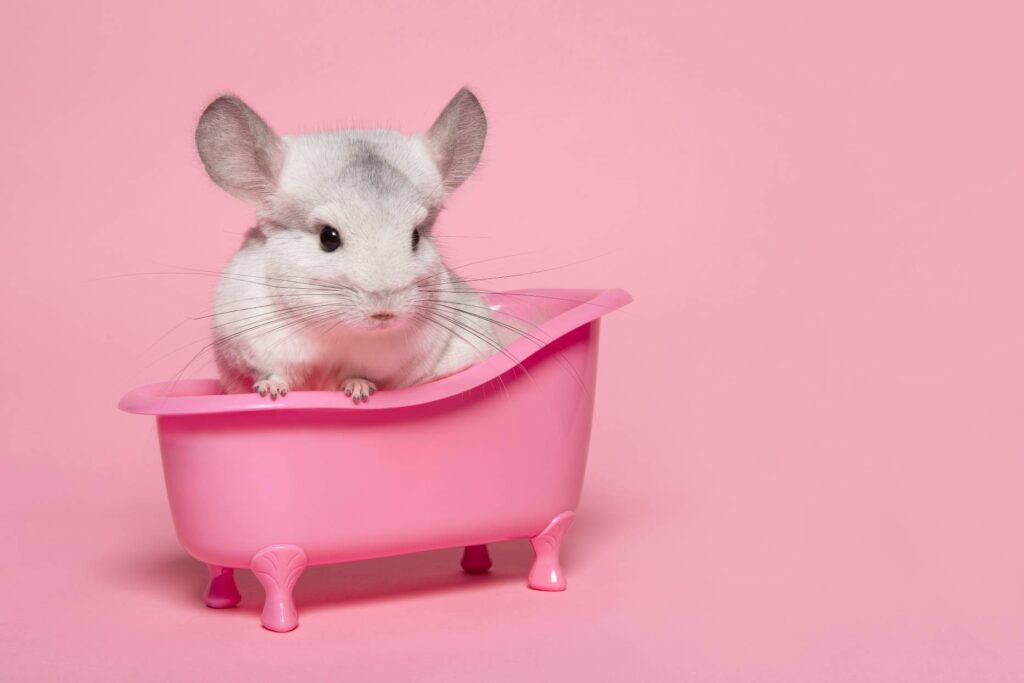
Why Do Some Chinchillas Live Longer Than Others?
1. Nutrition and Health
Ensuring that your chinchilla eats correctly is essential for their health. Most importantly, chinchillas should have an unlimited amount of hay to snack on as they need to. Hay is an essential form of fiber, and it is crucial for grinding down their teeth. They will not wear them down properly if they do not have enough hay (or chew toys).
While chew toys can help, hay is truly the best option. It is what they eat in the wild, so it only makes sense that they should be provided with it in captivity, too. Dental issues are common problems for chinchillas and can lead to health complications if not addressed properly.
It is also important to note that their digestive systems are very sensitive to new foods; therefore, they should be introduced slowly.
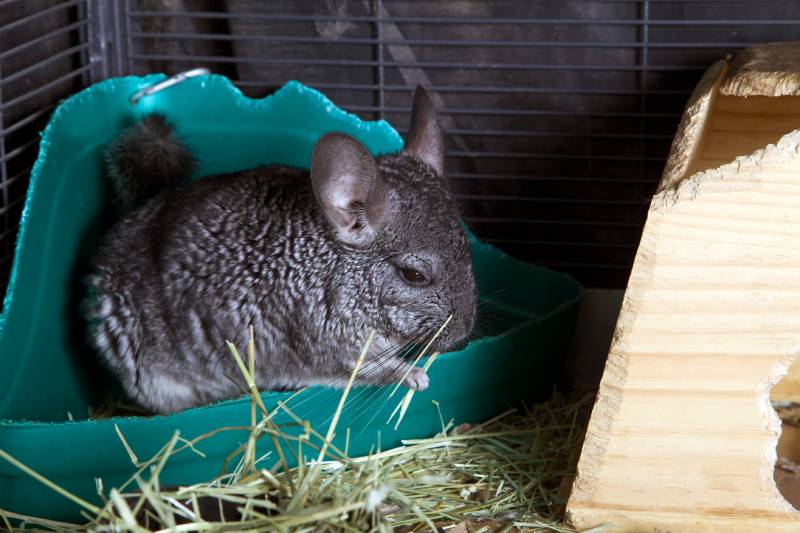
2. Appropriate Temperature and Humidity
Even though chinchillas are not reptiles, you should still control the temperature and humidity of your chinchilla’s habitat. Preferably, you should regulate the temperature to between 50° and 60°F (10° to 16°C). Chinchillas can adapt to lower temperatures relatively well but do not handle heat very well. They are prone to heat stroke at temperatures greater than 80°F (27°C).
In addition, their environment should be dry, draft-free, and away from direct sunlight.
3. Enclosure
Despite their small size, energetic chinchillas need a relatively large cage. Activity and exercise will help your chinchilla live longer. They will be unable to move around much if they are in a small cage. Without the proper amount of space to roam, these rodents are prone to obesity and diabetes.
Their cage should not have plastic-coated wire since they can easily chew through it and ingest toxic substances.
4. Healthcare
Maintaining yearly veterinary appointments will keep your Chinchilla healthy and extend their lifespan. Chinchillas are prone to sickness because they are sensitive creatures.
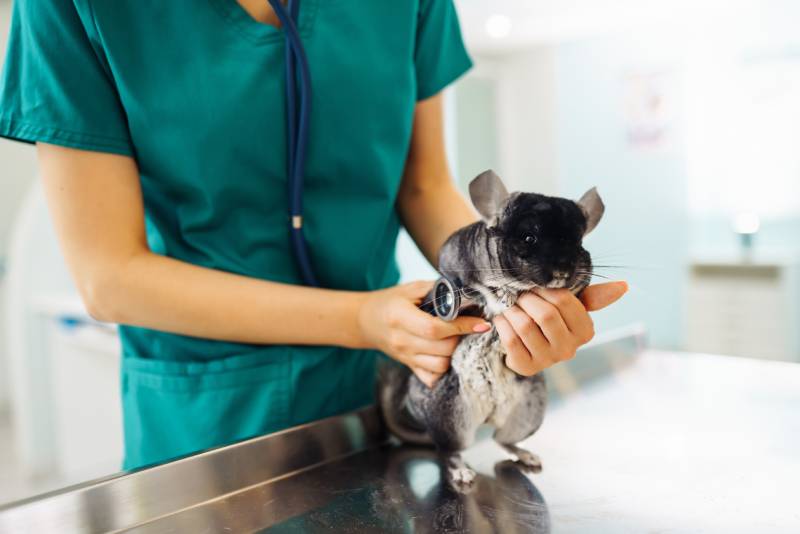

The 4 Life Stages of a Chinchilla
1. Kit
Newborn kits weigh 2 to 2.5 ounces (60 to 70 grams). Almost all litters have two kits, though three kits might be born in some circumstances. Chinchillas are born with fur and open eyes and can often walk within just an hour after being born. Kits usually stay with their mother for 6 to 8 weeks.
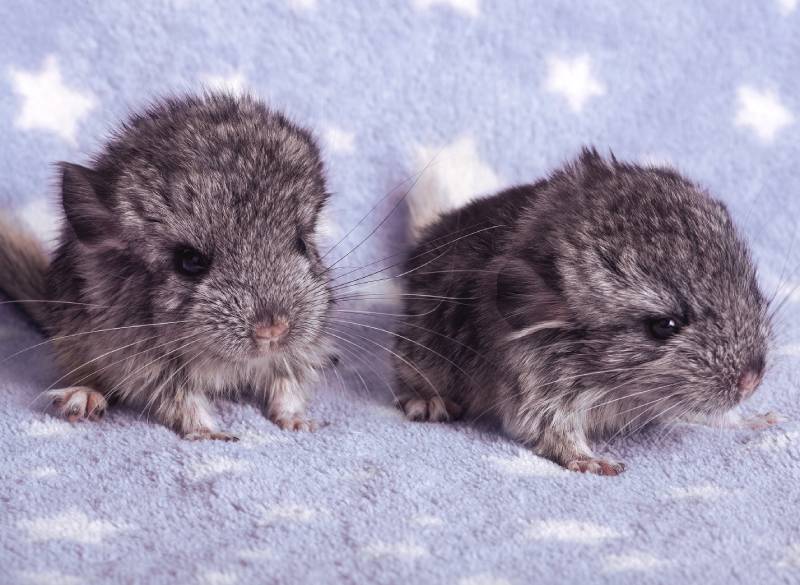
2. Juvenile
Around the 8-week mark, the chinchillas become weanlings. At this point, they are usually separated from their mother and put into new cages.
Since young chinchillas tend to be highly active, you should consider housing them in a big enclosure. However, given their small size at this age, you must pay attention to the bar spacing in their enclosure to avoid accidents and injuries.
3. Adult
The onset of sexual maturity signals the beginning of adulthood. This usually happens around the 6 to 8-month mark for most chinchillas. Most of a chinchilla’s life is spent as an adult.
4. Senior
A chinchilla is considered a senior when they can no longer reproduce; however, there isn’t a consensus on when this happens, as individuals up to 15 years of age may still be able to reproduce. Generally speaking, the concept of seniority is a term humans use and may not necessarily apply to chinchillas in a completely physiological sense.
Interestingly, the only well-documented ailments in chinchillas that might be age-related are eye issues, such as cataracts. Despite living much longer than other rodents, the incidences of tumors in chinchillas are exceptionally rare. Therefore, it is not possible to ascertain when a chinchilla is a senior in a strict sense, as they don’t seem to age with many medical consequences.
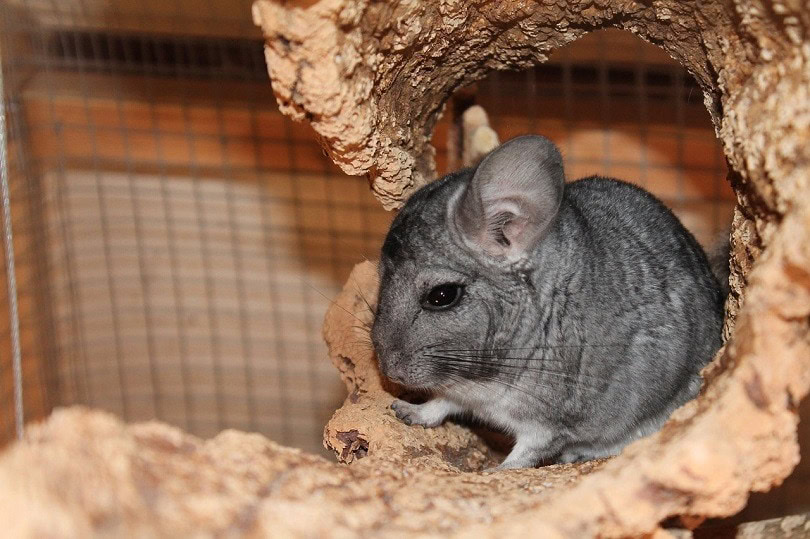
How to Tell Your Chinchilla’s Age
It is challenging to determine a chinchilla’s age. In many cases, your best bet is to ask your veterinarian or the breeder about your pet’s age. Your vet may be able to estimate their age, but accurate information requires appropriate documentation about their birth.

Conclusion
Chinchillas are energetic rodents that can live 10 to 15 years or even longer. Many factors determine a chinchilla’s lifespan, and therefore, there’s no way to know for sure how long your pet will live when you adopt them. Nonetheless, you can ensure that your pet lives their best life by ensuring that their needs are met.
- Related article: Do Chinchillas Smell?
Featured Image Credit: Creatopic, Shutterstock
